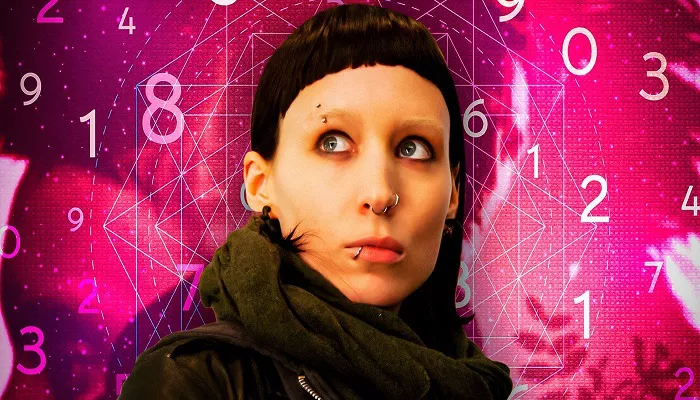President Donald Trump has repeatedly used an image of Kilmar Abrego Garcia’s finger tattoos to suggest the Maryland man, who was mistakenly deported to El Salvador on March 15, has ties to the notorious MS-13 gang.
On Monday, Trump shared a photo of Abrego Garcia’s left hand on social media, alleging he “had ‘MS-13’ tattooed onto his knuckles.” The image, which showed the characters “M,” “S,” “1,” and “3” digitally added above his existing tattoos—a leaf, smiley face, cross, and skull—was captioned with labels interpreting the symbols.
Many online observers quickly pointed out that the labels appeared digitally added, leading some to accuse the Trump administration of misleading the public. The White House has yet to respond to requests for comment regarding the image and the added labels.
Experts Question Tattoo Interpretations
While experts acknowledge that tattoos can hold gang-related symbolism, they cast serious doubt on Trump’s claims. Tattoo analysts argue that the markings alone cannot reliably indicate gang affiliation, especially given the subjective and varied meanings associated with tattoo symbols.
Roberto Lovato, an assistant professor at the University of Nevada, Las Vegas, and author of a memoir on MS-13, pointed out that while symbols like the letters “M” and “S” or the number “13” are sometimes linked to the gang, they do not appear to be present in Abrego Garcia’s tattoos. Lovato also mentioned that MS-13 members he has spoken to do not consider Abrego Garcia’s tattoos indicative of gang ties.
Maya Barak, an associate professor of criminal justice at the University of Michigan-Dearborn, acknowledged that tattoos like devil horns and “MS” markings are commonly associated with MS-13, but she also emphasized that not all tattoos featuring such symbols are directly connected to the gang.
A community activist who has worked with gang members for over 25 years also expressed skepticism, saying he had never seen a similar set of finger tattoos linked to MS-13.
The Trump Administration’s Position
Despite these doubts, the Trump administration continues to use Abrego Garcia’s tattoos as evidence of his alleged MS-13 affiliation. Tom Homan, the administration’s “border czar,” suggested on ABC News that tattoos can play a role in identifying gang members but emphasized that they are just one part of a broader investigative process.
“You can’t ignore a tattoo,” Homan said, adding, “but no one’s removed just because of a tattoo.” He also stated that gang membership identification involves a range of factors, not just tattoos.
Difficulties in Gang Identification
Experts stress that accurately identifying someone as a gang member is complex and rarely based solely on tattoos. David Kennedy, a professor of criminal justice at John Jay College of Criminal Justice, pointed out that gang membership is transient and requires a multi-pronged approach to confirm.
“I’m not aware of any statutory framework that relies just on tattoos,” Kennedy said.
Lovato echoed this sentiment, noting that using tattoos alone as evidence in a legal setting “would not hold water in a court of law.”
Maya Barak also co-authored a report highlighting the risks of mislabeling individuals as MS-13 members based on their race, immigration status, style of dress, or tattoos, which are often used by broader subcultures.
The Commodification of Gang Symbols
Several experts noted that symbols like skulls and devil horns are not exclusive to gangs but are often used by the general public as well. Barak suggested that gang culture, including symbols associated with MS-13, has been commodified and incorporated into mainstream culture, further complicating the task of accurately identifying gang members based on tattoos alone.
In conclusion, while tattoos can hold meaning, experts agree that using them as the sole indicator of gang affiliation, especially without further context or evidence, is a problematic and unreliable approach.
Related topics:

